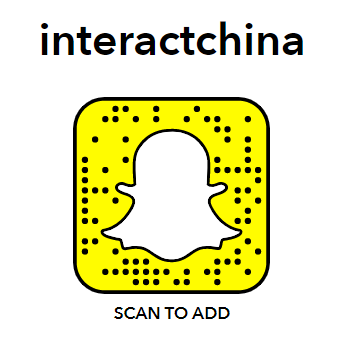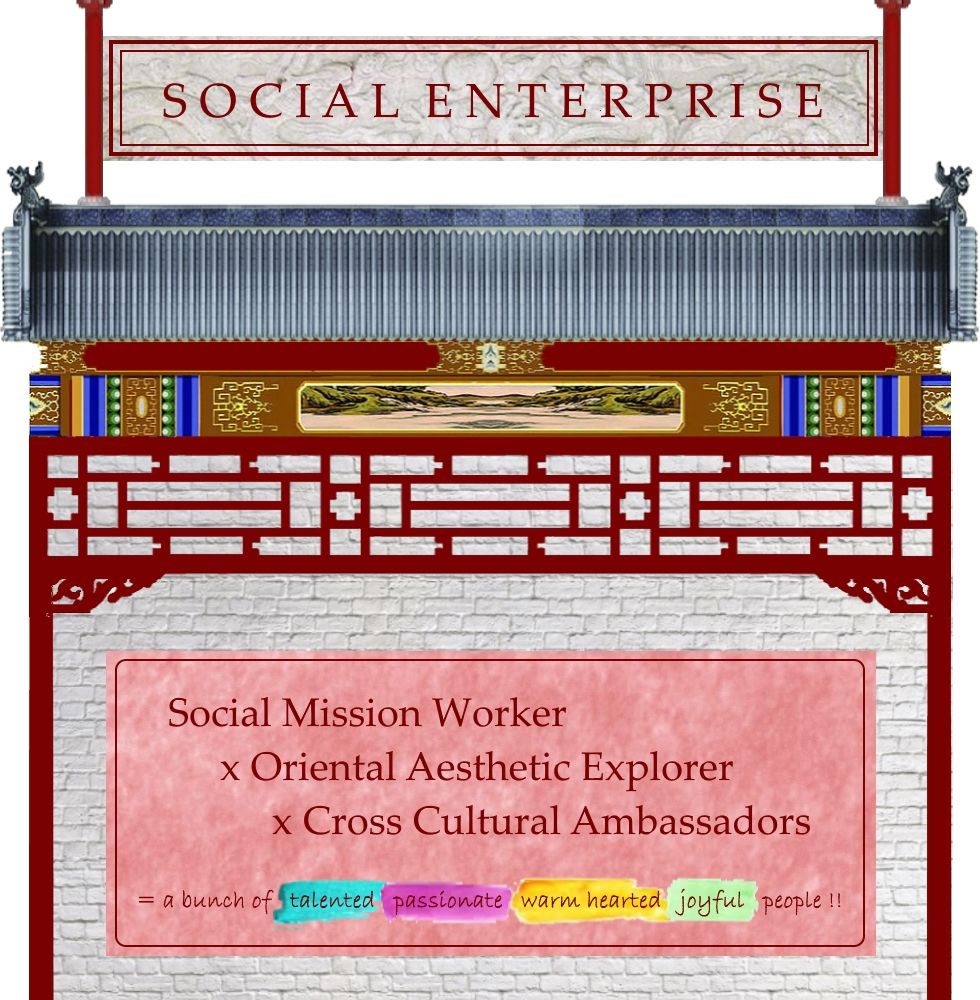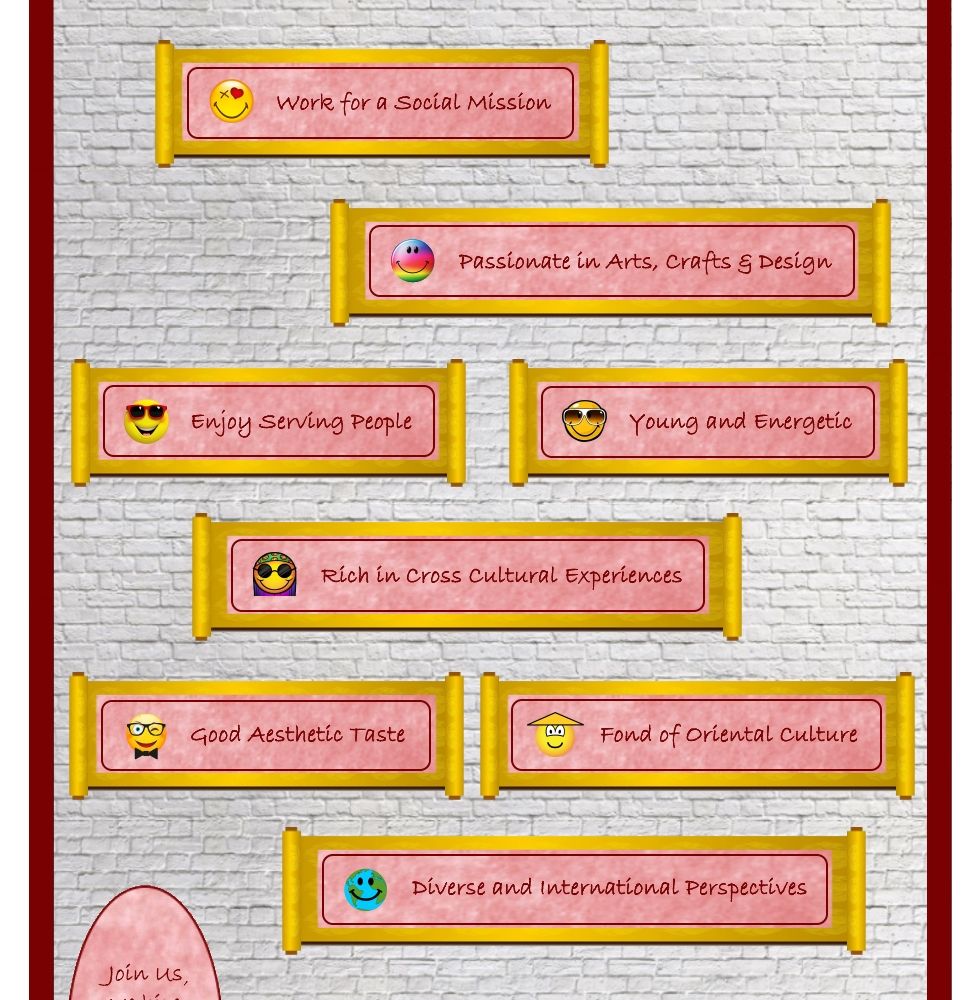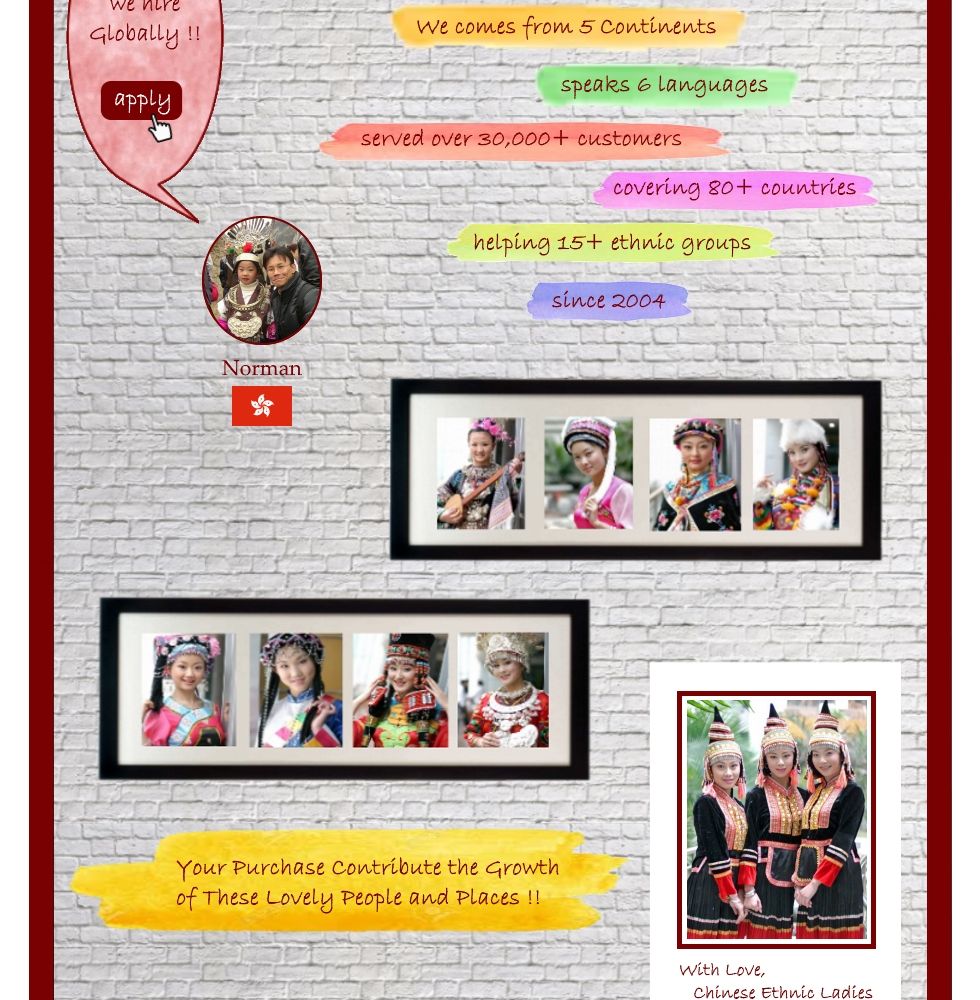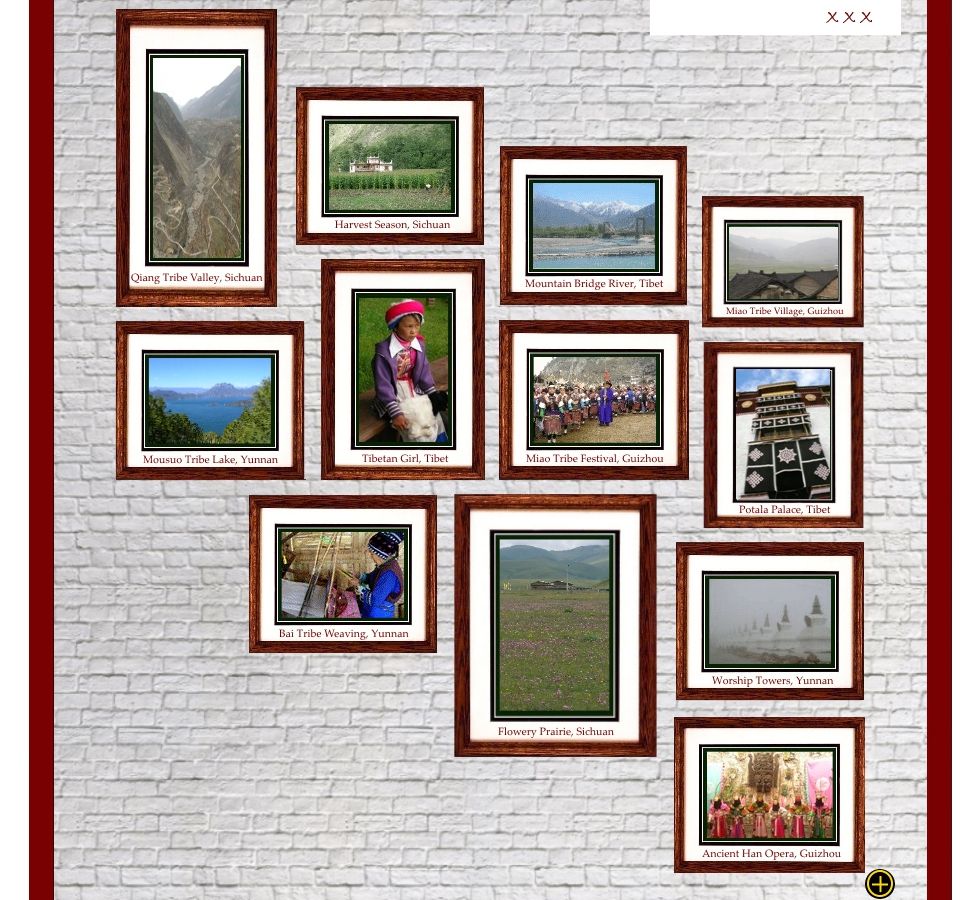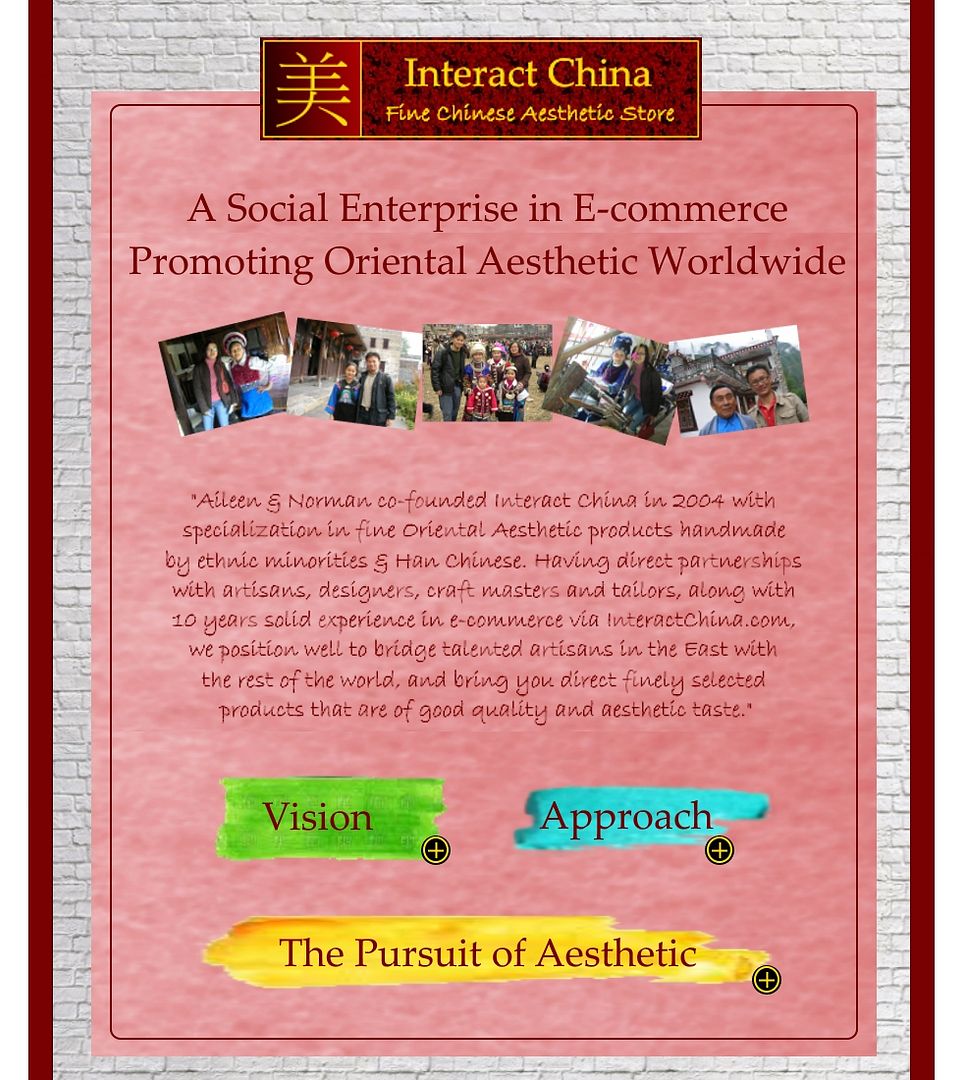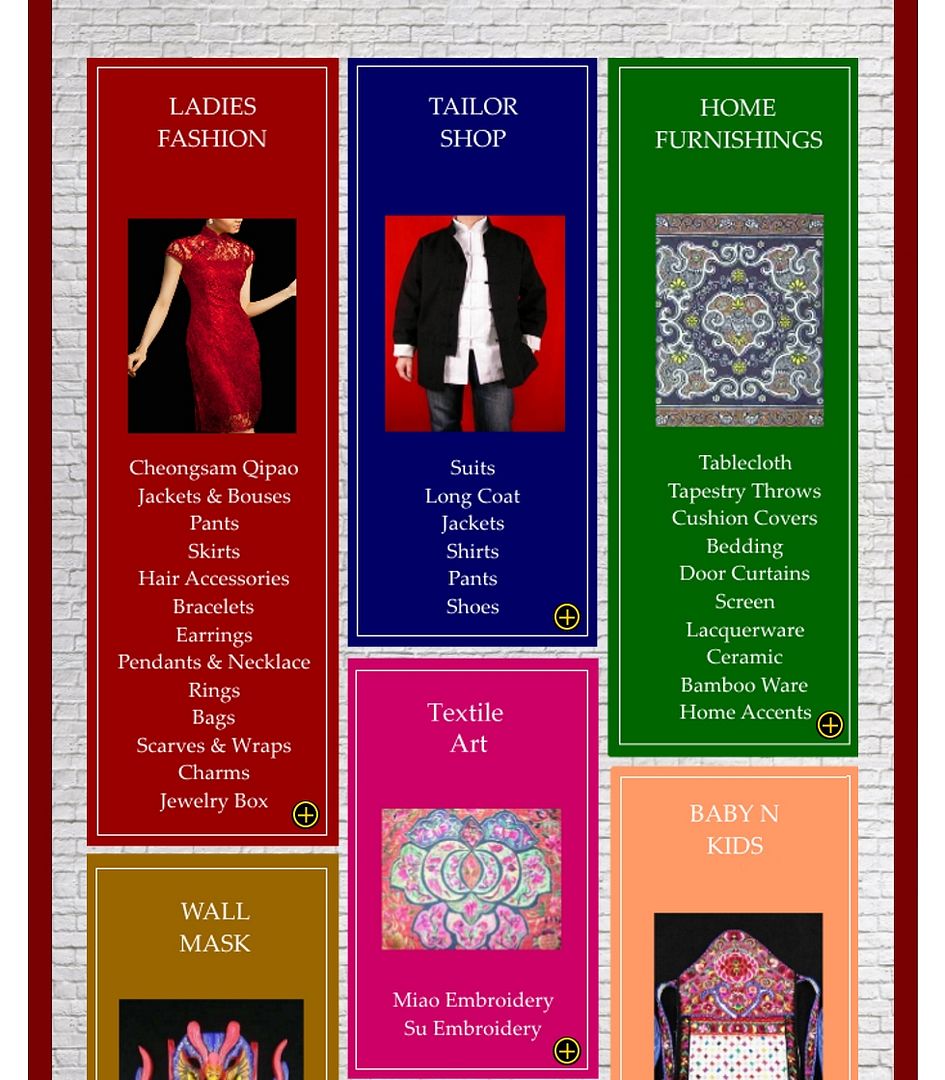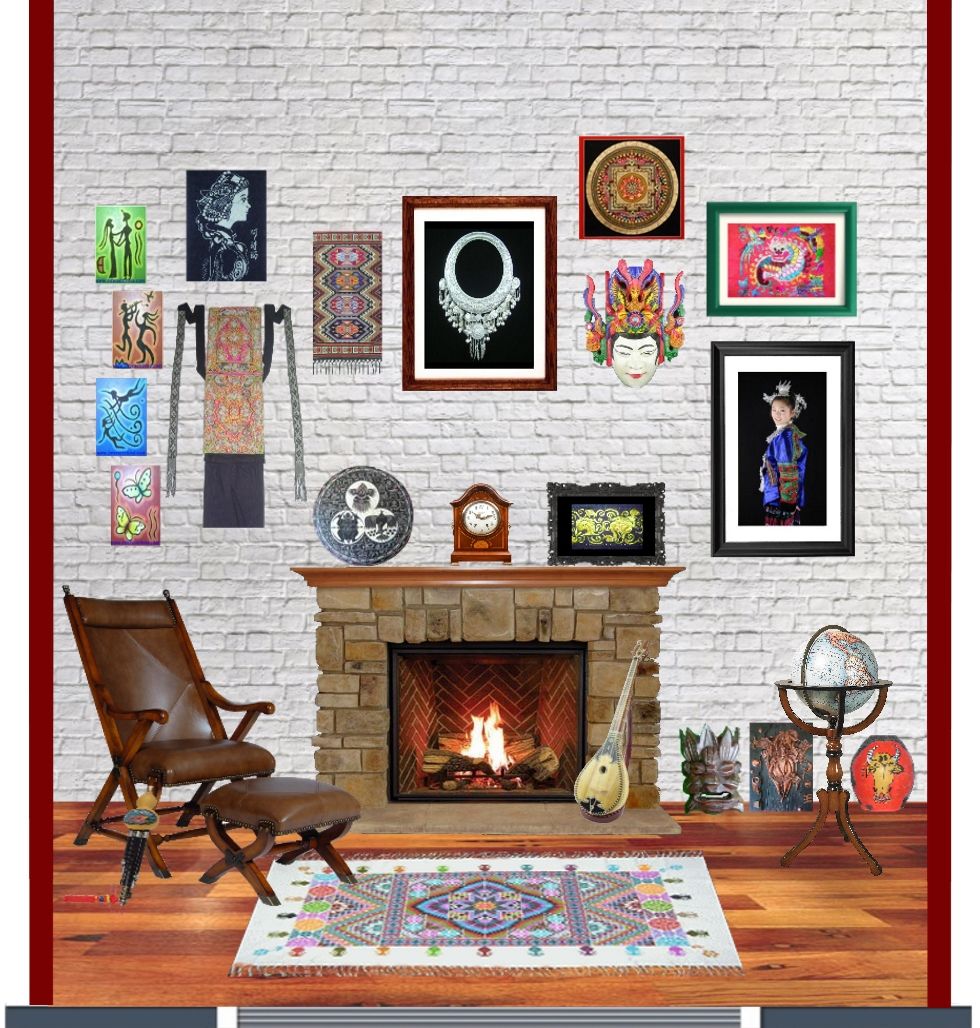Hairpins in Chinese Culture
5th Jun 2017
 |
Hairpins are an important symbol in Chinese culture. In ancient China, hairpins were worn by all genders, and they were essential items for everyday hairstyling, mainly for securing and decorating a hair bun. Furthermore, hairpins worn by women could also represent their social status.
 |
In Han Chinese culture, when young girls reached the age of fifteen, they were allowed to take part in a rite of passage known as “Ji Li”, or “hairpin initiation” . This ceremony marks the coming of age of young women. Particularly, before the age of fifteen, girls did not use hairpins as they wore their hair in braids, and they were considered as children. When they turned fifteen, they could be considered as young women after the ceremony, and they started to style their hair as buns secured and embellished by hairpins. This practice indicated these young women may now enter into marriage. However, if a young woman hadn’t been consented to marriage before age twenty, or she hadn’t yet participated in a coming of age ceremony, she must attend a ceremony when she turned twenty.
 |
In comparison with “Ji Li”, the male equivalent known as “guan li” or “hat initiation”, usually took place five years later, at the age of twenty. In the 21st century Hanfu Movement, an attempt to revive the traditional Han Chinese coming-of-age ceremonies has been made, and the ideal age to attend the ceremony is twenty years old for all genders.
 |
While hairpins can symbolize the transition from childhood to adulthood, they were closely connected to the concept of marriage as well. At the time of an engagement, the fiancée may take a hairpin from her hair and give it to her fiancé as a pledge: this can be seen as a reversal of the Western tradition, such as the future groom presents an engagement ring to his betrothed. After the wedding ceremony, the husband should put the hairpin back into his spouse’s hair.
 |
Hair has always carried many psychological, philosophical, romantic, and cultural meanings in Chinese culture. In Han ethnicity, people call the union between two people “jie-fa”, literally means “tying hair”. During the wedding ceremony, some Chinese couples exchange a lock of hair as a pledge, while others break a hairpin into two parts, and then, each of the betrothed take one part with them for keeping. If this couple ever get separated in the future, when they reunite, they can piece the two halves together, and this completed hairpin will serve as a proof of their identities as well as a symbol of their reunion. In addition, a married heterosexual couple is sometimes referred to as “jie-fa fu-qi”, an idiom which implies the relationship between the pair is very intimate and happy, just like how their hair has been tied together.
by Xiao Xiao xiaoxiao@interactchina.com
About Interact China
“A Social Enterprise in E-commerce Promoting Oriental Aesthetic Worldwide”
Aileen & Norman co-founded Interact China in 2004 with specialization in fine Oriental Aesthetic products handmade by ethnic minorities & Han Chinese. Having direct partnerships with artisans, designers, craft masters and tailors, along with 10 years solid experience in e-commerce via InteractChina.com, we position well to bridge talented artisans in the East with the rest of the world, and bring you direct finely selected products that are of good quality and aesthetic taste.
So far we carry 3000+ goods covering Ladies Fashion, Kungfu Clothing, Home Furnishings, Babies & Kids, Painting Arts, Textile Arts, Carving Arts, Tribal Jewelry Art, Wall Masks and Musical Instruments. Our team speak English, French, German, Spanish and Italian, and serve customers worldwide with passion and hearts.
P.S. We Need People with Similar Passion to Join Our Blogging Team!
If you have passion to write about Oriental Aesthetic in Fashion, Home Decor, Art & Crafts, Culture, Music, Books, and Charity, please contact us at bloggers@interactchina.com, we would love to hear from you!






